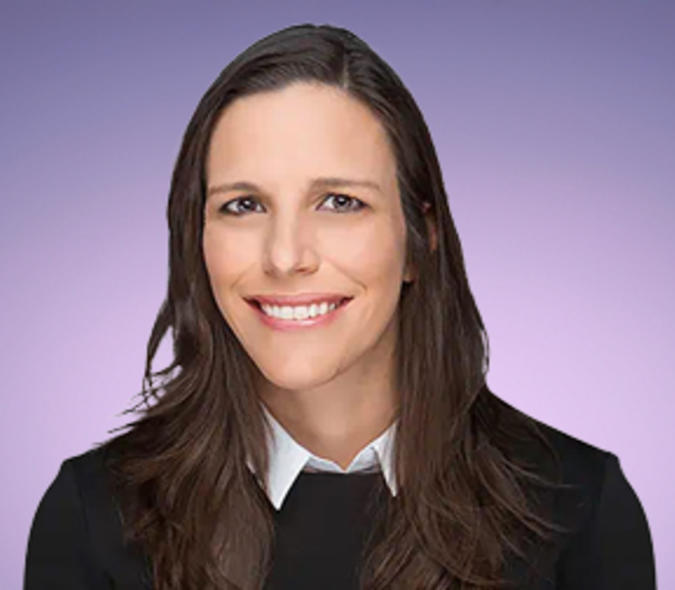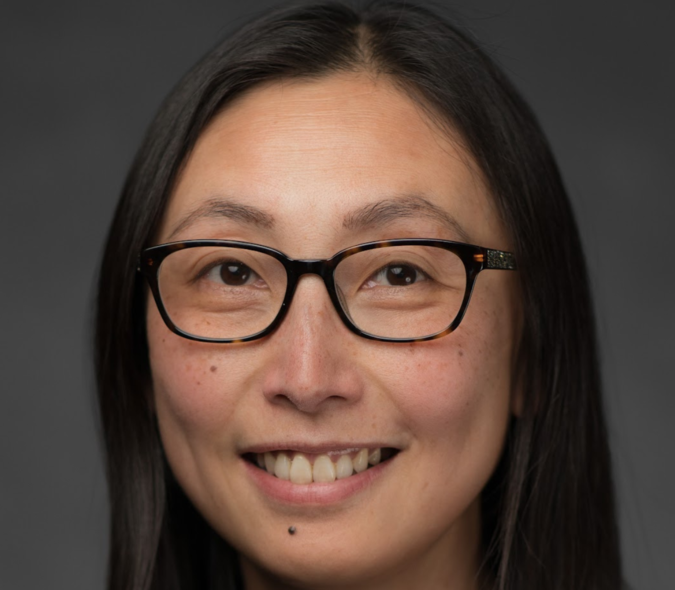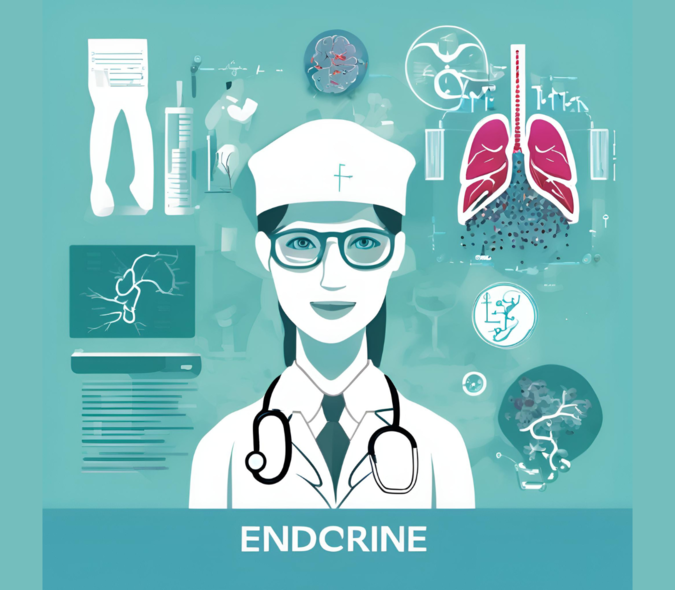
The Aim of Bone Marrow Transplant
The Aim of Bone Marrow Transplant
Bone marrow transplant (BMT) has been successfully used to treat diseases such as leukemias, lymphomas, aplastic anemia, immune deficiency disorders, and some solid tumor cancers since 1968. BMT is a type of treatment for patients with certain cancers or other diseases. A bone marrow transplant consist of taking cells that are customarily found in the bone marrow (stem cells), filtering those cells, and giving them back to either the donor or to another person. The purpose of BMT is to transfuse healthy bone marrow cells into a person after his or her own bone marrow has been treated to kill the unhealthy abnormal cells.
The overarching goal of BMT is to cure diseases and cancer types. When the doses of chemotherapy or radiation required to cure a cancer are so high that a person's bone marrow stem cells will be damaged by the treatment, a BMT may be needed. A BMT may also be needed if the bone marrow has been destroyed by disease.
Stem Cells that are needed
Bone marrow is typically taken from the bigger bones of your body, such as your hip, breastbone, and pelvis. Most of the stem cells in your body are in your bone marrow, the soft spongy tissue in the center of your bones. Some stem cells are also found in your bloodstream. The blood cells that make other blood cells are called stem cells. The most primitive of the stem cells is the pluripotent stem cell, different than other blood cells with regard to the following properties:
-
Regeneration – Ability to reproduce another cell identical to itself.
-
Variation – Ability to generate one or more subsets of more mature cells.
Hematopoietic stem cells, usually termed stem cells, are immature cells that grow into all the blood cells in your body. The white blood cells fight infection, red blood cells carry oxygen, and platelets help control bleeding. Stem cells are constantly dividing and changing into these different types of blood cells to replace older blood cells. Stem cells also divide to make newer stem cells. You might hear your transplant called a BMT or a stem cell transplant. With a stem cell transplant, the stem cells are taken from either the bone marrow or the bloodstream.
Allogeneic stem cell transplant
Allogeneic stem cell transplantation, transferring healthy donated stem cells to a patient’s body after a conditioning regimen of high-intensity chemotherapy or radiation. The donated stem cells can come from either a related or an unrelated donor. This conditioning treatment is given to put an end to any lingering cancer cells in the body. Conditioning weakens the patient’s immune system to keep the body from rejecting the donated cells after transplant. Also allowing the donor cells to move through the bloodstream to the bone marrow, where the donor cells will begin to grow and produce new blood cells, including red blood cells, platelets and white blood cells in a process called engraftment.
One of the benefits of allogeneic stem cell transplantation is that after the donated cells engraft, they create a new immune system. When a transplant is successful, the donor stem cells will replace stem cells in the bone marrow, providing a long-term cure of the patient’s disease. The donated cells produce white blood cells that attack remaining cancer cells in the patient’s body. This is called the graft-versus-tumor effect and this benefit can only occur in allogeneic stem cell transplantation.
Understanding Your Allogeneic Stem Cell Transplant
When you have an allogeneic stem cell transplant, stem cells are harvested from a donor. Allogeneic means that the stem cells come from someone else. There are three general sources of stem cells that can be used in an allogeneic stem cell transplant.
-
Peripheral blood stem cells collected from a donor’s bloodstream through a process called apheresis. The donor will get injections of a medication that causes their body to make more stem cells than usual. The stem cells discharge from their bone marrow into the bloodstream, where they can be collected while the donor is awake.
-
Bone marrow stem cells secured from a donor’s bone marrow in a procedure known as bone marrow harvesting. The procedure is done in the operating room while the donor is asleep. The donor normally goes home the same day.
-
Umbilical cord blood stem cells collected from blood from the umbilical cord and placenta when a baby is born. They’re frozen and stored in a cord blood bank until they’re needed in transplant.
Who can be a Donor
A test called tissue typing is completed to find the best donor. With hematopoietic stem cell transplant, the tissue typing is established by your human leukocyte antigens (HLA), these are markers on the surface of your white blood cells. There are various HLA markers, and people can have different patterns of the markers. HLA markers are inherited, so your close family members are most likely to have a pattern of HLA markers like yours. If you do not have a matched brother or sister to donate, we are able to use adult offspring who are half matched.
People who are not related may also be a close match. If you don’t have a family member with a matching tissue type, search coordinators can search for an unrelated adult volunteer donor or umbilical cord blood units. The National Marrow Donor Program has access to people registered who have been typed for this purpose. Searching for a donor can take time and sometimes, umbilical cord blood can be used if the transplant is urgent, as it is more readily available. If you do require stem cells from someone not related to you, your doctor will give you more information.
Continuing Under Close Medical Care.
After a transplant your care team will want to monitor you carefully, you may spend a few weeks in the hospital or nearby. Expect to undergo regular blood tests and appointments to monitor your body's responses. It takes a few weeks for the donor cells to resolve in your bone marrow and start making new cells. You may get blood transfusions until your bone marrow gets better.
Stem cell transplants have been done for decades and have gotten better over that time. But it is still a complex system requiring solid commitment from you, your family or caregiver, and your transplant team. It’s common to have emotional changes during the transplant process and your transplant team includes many healthcare providers. All of these providers are available to support and help everyone involved in this process.
The Importance of Communication
Throughout your transplant journey it is important to communicate with your transplant team and caregiver about how you’re feeling. This is true for how you’re feeling both physically and emotionally as it is important not to let things build up. The more information you communicate to your transplant team, the more they can help you.
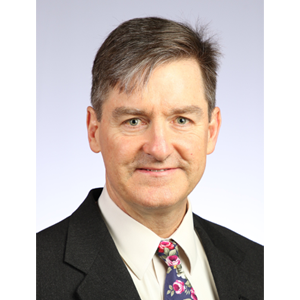
Mark Juckett, MD is a hematologist at the University of Minnesota Medical School, Division of Hematology, Oncology, and Transplantation who is committed to caring for people with blood cancers, especially when bone marrow transplantation or cellular therapy is required. “We live in an era where the treatment options are expanding rapidly for patients with acute leukemia, myeloid diseases, and other blood cancers,” said Dr. Juckett. “I believe the best care is determined after considering a patient and family's preferences and values. Our Bone Marrow Transplant and Cell Therapy Program at the University of Minnesota strives to provide the best medical care possible through the innovative investigation into new and better treatment options and by incorporating discoveries into our daily medical care.”
Dr. Juckett’s interest in helping people with blood cancers includes efforts to improve recovery through guided survivorship. The treatment of blood cancers can be a long and challenging journey for some people, who may be cured, but not recovered after treatment is complete. Dr. Juckett is interested in developing survivorship care that will give patients and families the tools and support needed to regain a long, happy, and healthy life.
Blood and Marrow Transplant Research
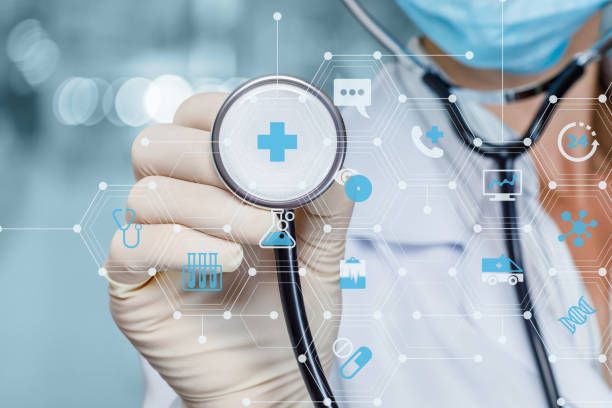
The field of bone marrow transplantation and cellular therapy is changing rapidly with the expanding options for FDA-approved cell therapy products. “The growth of cell-based clinical trial opportunities for heme and solid malignancies and the evolving approaches to allogeneic transplantation have never been more exciting,” said Dr. Juckett. “We plan to reorganize our clinical services to improve disease expertise, continuity in patient care, and recruit physicians. We are starting a new cell therapy service in June to expand our capacity to care for patients who are best treated with these therapies.”
The Cellular Therapy service will be an offshoot of the current Bone Marrow Transplant service and the physicians will consist of a blend of heme malignancy and BMT physicians. Beginning June 14th, two new services will begin - the Inpatient Allogeneic BMT service (Allo-BMT), and the Autologous Transplant & Cell Therapy (Auto/CT) Service. The following is a summary of the new services:
Allo-BMT Service
-
Inpatient attending for allogeneic adult bone marrow transplant
-
Activities include:
-
Daytime rounding on the inpatients 7 days per week
-
Night coverage for Allo-BMT patients
-
Inpatient consults
-
Weekend clinic to see patients in the CSC by request
-
Overflow autologous HCT and cell therapy patients
-
Outside calls from physicians
-
-
-
Allo-BMT clinic
-
Allo-BMT attending’s will continue their current continuity clinics
-
New consults, work-up, and anniversary visits will occur with the primary physician
-
The "doc of the month" service will end
-
Auto/Cell Therapy Service (1-2 week blocks of attending time)
-
Inpatient attending for autologous HCT and cell therapy patients on 5C (service limited to 6 patients)
-
Activities include:
-
Daytime rounding on the inpatients 7 days per week
-
Night coverage for auto/CT patients
-
Weekend clinic in the CSC from 7:30 - 9:30a for auto/CT patients
-
Clinic M-F from 12 - 4pm
-
-
Auto/CT clinic time available for:
-
New patient consults
-
Evaluation visits ("close" visits)
-
Anniversary visits
-
Acute care visits (day 1 to day 28)
-
-
Dr. Juckett and his colleagues are excited about the changes in the physician care model, which will better meet the clinical demands of a growing array of cell-based therapies. They believe that the new model will improve patient satisfaction and contribute to the development of disease expertise in this era of accelerating innovation in care.
Dean Patterson, Editor
